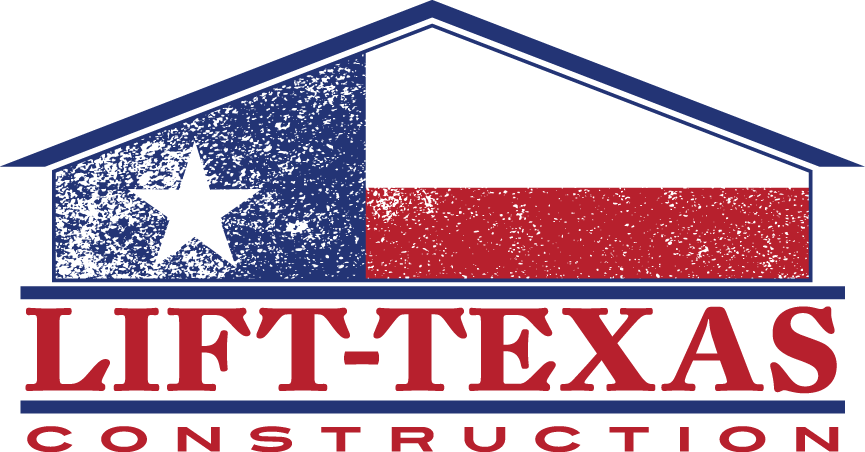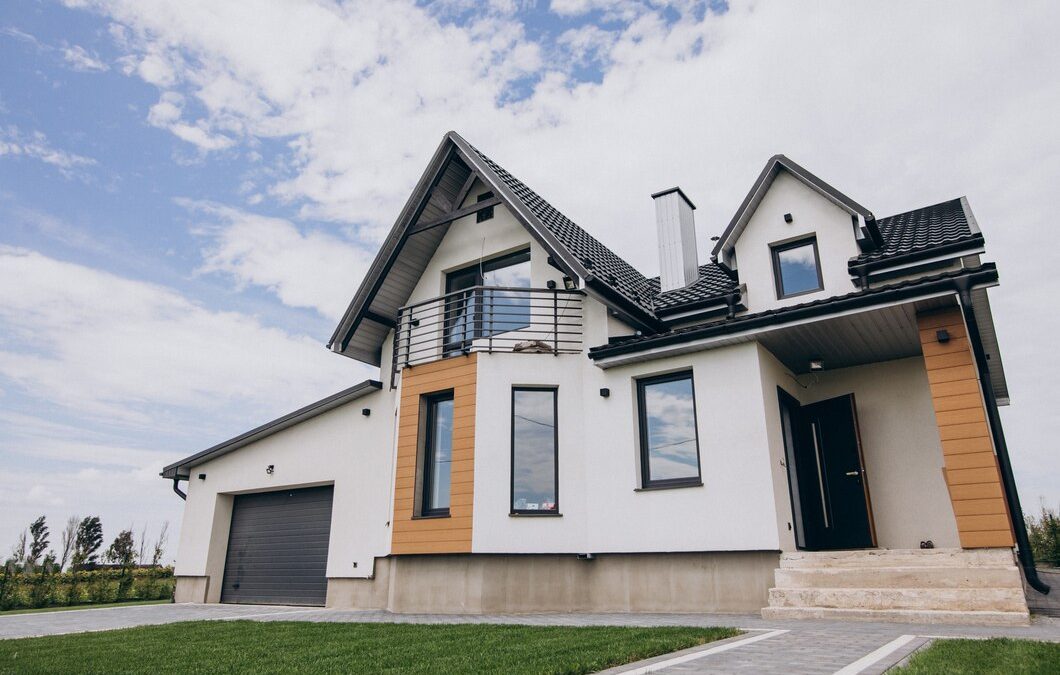If you’ve noticed your concrete driveway sinking, you’re not alone. This is a common issue homeowners face, and it can lead to bigger problems if not addressed. A sinking driveway can create unsightly cracks and make it difficult to park or walk safely. Understanding why your driveway is sinking is the first step in solving the problem.
There are several factors that can cause a concrete driveway to sink. From soil erosion and poor compaction to heavy loads and water damage, various elements can affect the stability of your driveway. Recognizing these issues early can help you take action before the damage becomes severe.
In this article, we’ll explore the reasons behind a sinking driveway, how to identify the signs, and what you can do to fix it. By learning about the common causes and effective solutions, you can extend the life of your driveway and ensure it remains both functional and attractive. Let’s dive into the world of concrete driveways and find out how to keep yours level and secure.
Common Causes of Driveway Sinking
Driveways can sink for various reasons, many of which are related to the underlying soil and water conditions. One of the primary causes is soil erosion. When water seeps under your driveway, it can wash away the soil that supports the concrete. This erosion creates empty spaces, or voids, which cause the driveway to sink as the concrete loses its support.
Another common cause is poor soil compaction during the initial installation. If the ground isn’t compacted properly before laying the concrete, the soil can settle over time, leading to sinking. Additionally, heavy vehicles and frequent traffic can put extra pressure on the driveway, exacerbating any existing weaknesses in the soil or concrete.
How to Identify Sinking in Your Driveway
Spotting the signs of a sinking driveway early can save you a lot of trouble and expense. One of the first signs is a visible dip or depression in the surface. If you notice puddles forming in certain areas after it rains, this might indicate that your driveway is uneven and sinking.
Another clue is cracks in the driveway. While small cracks may appear harmless, they can widen over time as the driveway continues to sink. Pay attention to any new cracks or if existing ones are getting larger. Also, if you find that the edges of your driveway are lower than the surrounding ground, it’s a clear sign that the driveway is settling unevenly.
By keeping an eye out for these signs, you can address the problem early and avoid more severe damage to your driveway. Regular inspections can help you catch these issues before they turn into major problems.
Preventative Measures to Stop Driveway Sinking
Taking steps to prevent driveway sinking can save you a lot of hassle and expense. Here are some simple but effective measures to keep your driveway level and stable.
1. Ensure Proper Drainage:
Making sure that water drains away from your driveway is crucial. Install gutters and downspouts to direct rainwater away from the driveway. You can also install a French drain to help manage water flow and prevent soil erosion.
2. Compact Soil Properly:
When installing or repairing your driveway, make sure the underlying soil is properly compacted. This provides a stable base and reduces the risk of sinking. Using high-quality base materials like gravel can also add extra support.
3. Limit Heavy Loads:
Try to avoid parking heavy vehicles on the driveway for long periods. If heavy equipment or trucks must use the driveway, make sure the weight is evenly distributed to lessen the impact on the concrete.
4. Seal Your Driveway:
Applying a sealant to your driveway can protect it from water infiltration. Sealing the surface helps to fill small cracks and prevent water from seeping into the concrete and soil below, reducing the risk of erosion.
Effective Repair Solutions for Sinking Driveways
If your driveway is already showing signs of sinking, there are several repair methods available to restore it to its original condition. Here are some effective solutions:
1. Mudjacking:
Mudjacking, also known as slab jacking, involves injecting a slurry mixture beneath the sinking sections of the driveway. The mixture fills voids and lifts the concrete back into place. This method is suitable for larger areas and can provide long-lasting results.
2. Polyurethane Foam Injection:
A faster and less invasive option involves injecting polyurethane foam under the sinking concrete. The foam expands, filling gaps and lifting the driveway. This method is highly effective and durable, making it a popular choice for many homeowners.
3. Replacement:
In severe cases where the damage is extensive, replacing the affected sections of the driveway may be necessary. While this option can be more costly, it ensures that the new sections are properly installed with a stable base to prevent future sinking.
Conclusion
Maintaining a level driveway is essential to the overall health of your property. By understanding the common causes of driveway sinking, you can take preventative measures to avoid these issues. Regular inspections help catch early signs of sinking, allowing you to take action before the problem worsens.
From ensuring proper drainage to using high-quality repair methods like mudjacking and polyurethane foam injection, there are several options available to maintain and restore your driveway. Each method offers unique benefits, and choosing the right one depends on the specific condition of your driveway.
If your driveway shows signs of sinking or you want to take preventative steps, contact Lift-Texas Construction. We specialize in concrete leveling and foundation repair, ensuring your property stays safe and sound. Reach out to us today and let us help you keep your driveway in perfect condition.

